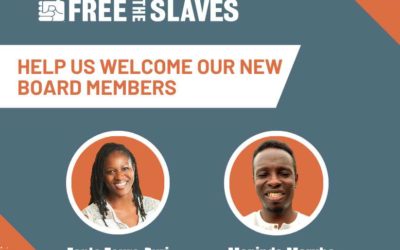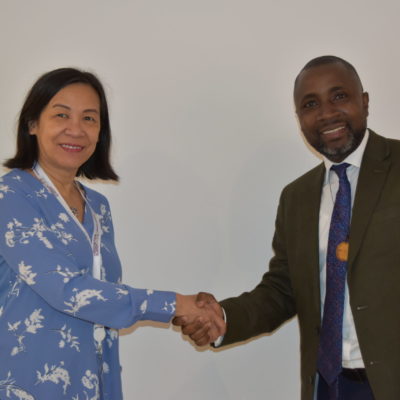On Saturday, it will be Lincoln’s birthday. It is normal for American school children to learn that President Lincoln ended legalized slavery in the U.S. with the Emancipation Proclamation of 1863. It is not as usual for school children to learn that slavery persists to this day. In fact, it never ended.
In their book on modern slavery in the U.S. The Slave Next Door, Ron Soodalter and Free the Slaves President Kevin Bales cite a State Department study that says between 14,500 to 17,500 people are trafficked and enslaved into our borders every year. They go on to say that the precise number of enslaved U.S. citizens is as yet unknown, but, “a conservative estimate would be around fifty thousand and growing.”
The horrifying truth is that modern slavery victimizes American citizens. And it happens all over the country. But how to translate this alarming reality into something that can be presented in a middle school, or high school class room?
A New York-based non profit has tackled this very challenge. Girls Learn International (GLI) was founded by women who saw that “in depth lessons on human rights are rarely available or entirely absent from school curricula within the United States.” GLI launches extra-curricular classes in schools across the U.S., where children learn about contemporary human rights issues. They are paired with schools in developing countries, cultivating cross-cultural friendships.
Recently, GLI approached Free the Slaves about including modern-day slavery into their curriculum. FTS worked with Irish NGO Trocaire to develop education packs for after school programs. (You can download our kits here!). GLI was able to adapt this material for their own curriculums. The results of this are attached here as PDFs—one lesson plan for high school students, and one for middle schoolers.
GLI’S AFTER SCHOOL HUMANITARIANS
Each GLI chapter is partnered with a school in a developing country. Their pilot chapters brought together schools in New York and New Jersey with schools in Afghanistan and Kenya. Now, there are chapters in 14 states and 10 countries. The chapters operate as extra-curricular clubs. Using curriculum developed by GLI, students learn about human rights issues affecting women and girls. They become activists in their own communities by raising awareness about the issues they learn in class. They even fundraise on behalf of their partner schools.
Learn more about Free the Slaves’ resources for teachers here!



